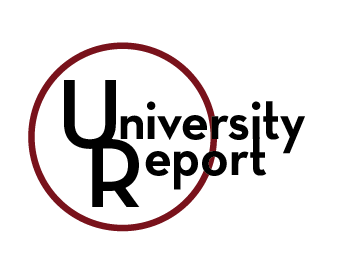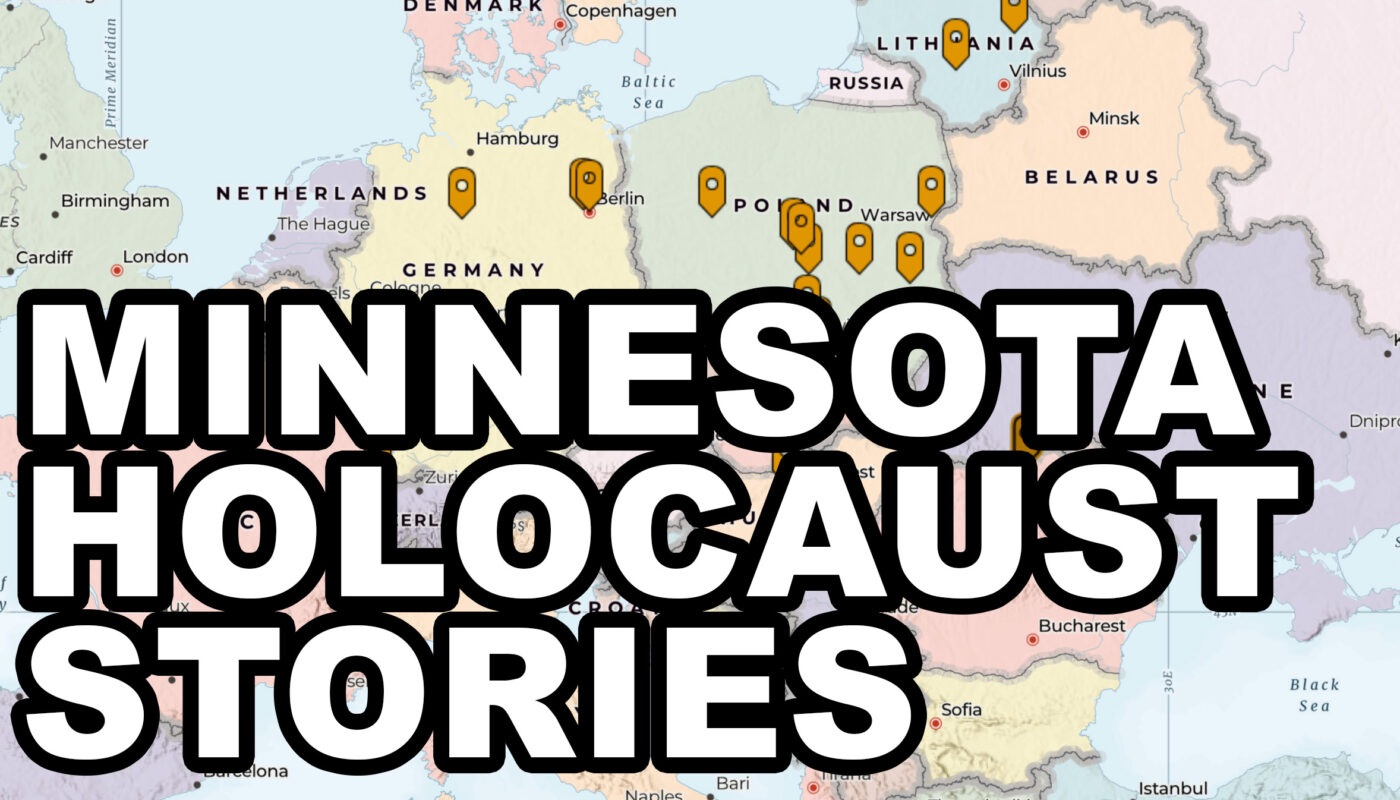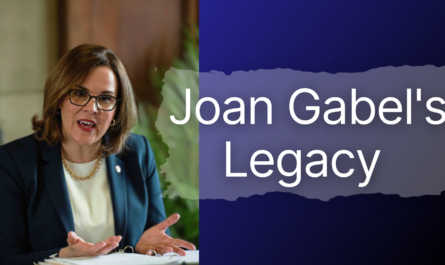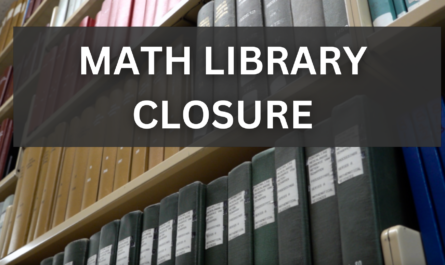Though it’s been 80 years since the Holocaust, there’s still much work being done to tell the survivors’ stories.
Minnesota Shoah Stories is a project created from a collaborative effort between the University of Minnesota’s Center for Holocaust and Genocide Studies and the Upper Midwest Jewish Archives. “Shoah” is the Hebrew word for Holocaust.
The project started in 2022 and was finished at the end of 2024. It was celebrated with an event at Andersen Library on Tuesday in front of a crowd of students, community members and descendants of survivors.
Event attendees’ eyes were drawn to the three screens displaying the digital map, which is also available to the public online. Archivist Kate Dietrick stood in front of the crowd and walked through the project’s significance and timeline.
“I really appreciate multi-generational engagement,” Dietrick said. “This isn’t just a story for a certain demographic.”
A group of University students and faculty used archived information to tell the story of the 23 Holocaust survivors that are featured in the project. The survivors’ images and biographies are displayed on an interactive map as well as their stories of coming to Minnesota after the war.
Among the crowd was Joni Sussman, whose parents survived the Holocaust. Sussman’s mother, Hinda Kibort, is featured in the project.
“The fact that you can hear my mom – who has now been gone 20 years – you can see a video of her telling her story in this archive, is really something that is very special,” Sussman said.
Some of the survivors featured in the project were University students and professors, while others made significant impacts on Minnesota’s Jewish culture and community.
Another event attendee was Adam Han-Gorski, a Holocaust survivor himself. Han-Gorski traveled the world as a violinist, but ultimately settled in Minnesota.
“Without question, I came back to Minneapolis,” Han-Gorski said. “I feel very close to Minnesota – more than to any other country I’ve been to.”
With the Holocaust’s devastation often the main focus in its aftermath, Joe Eggers, the interim director of the Center for Holocaust and Genocide Studies, said he wants the project to spring a more hopeful narrative.
“We focus on death and destruction, and don’t celebrate hope and resiliency,” Eggers said. “That’s what I really want this project to be: a celebration of hope.”
The creators of Minnesota Shoah Stories also want to show Minnesotans that the Holocaust’s impact reaches farther than they might think.
“We’re not talking about the Holocaust as this event that happened an ocean away, eight decades ago,” Eggers said. “It’s something that impacts and shapes Minnesotans here, today. This is not just a European story, it’s not just a Jewish story; this is a Minnesota story.”
While most of the project’s survivors have passed, their names live on and their stories are preserved for future generations to learn.




